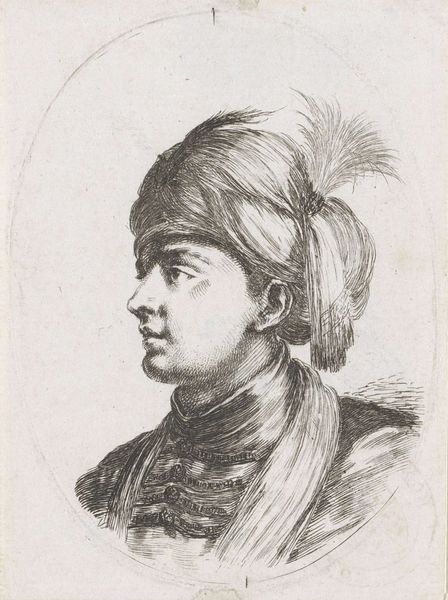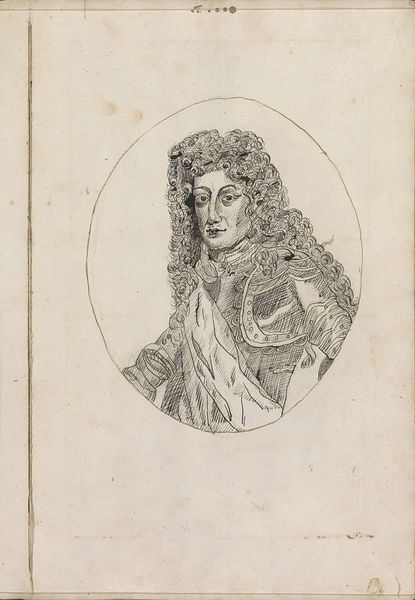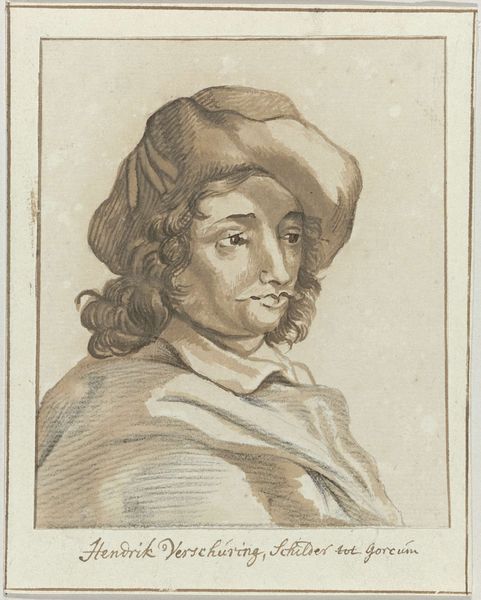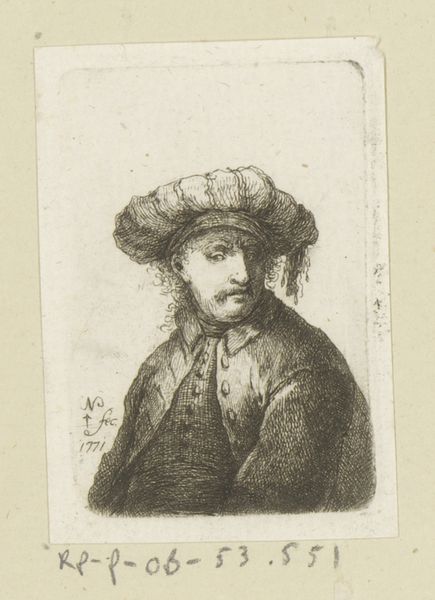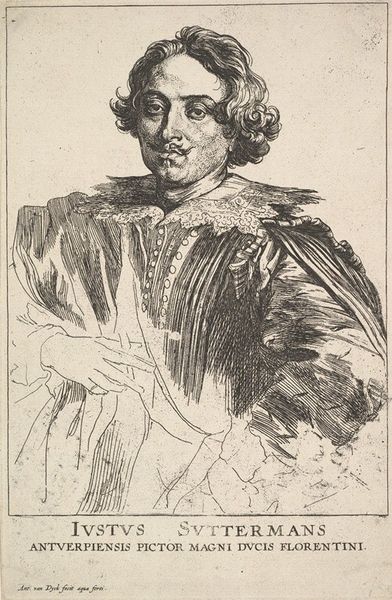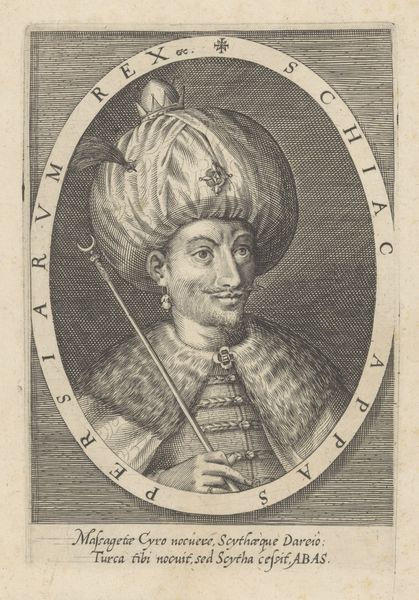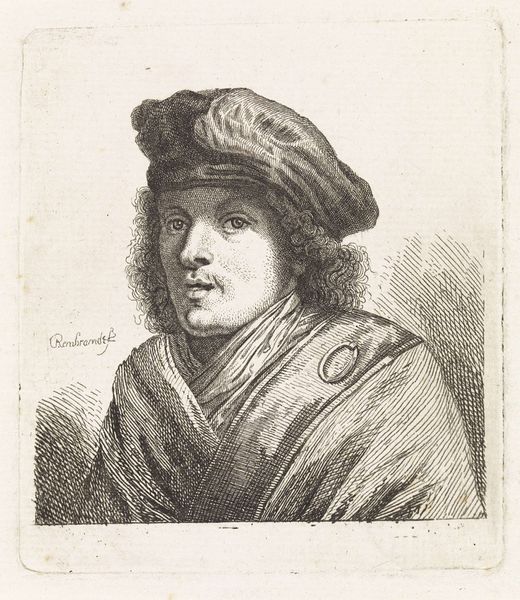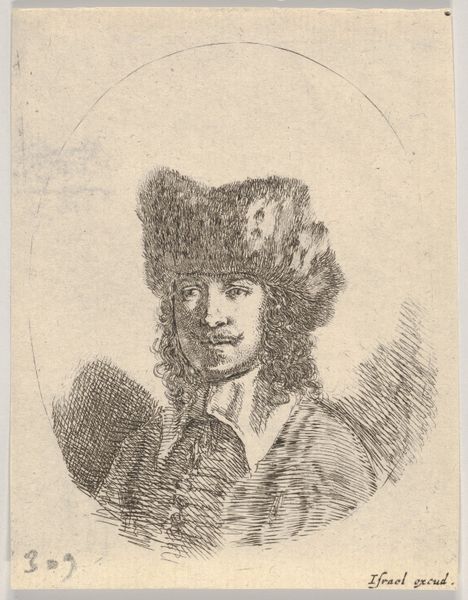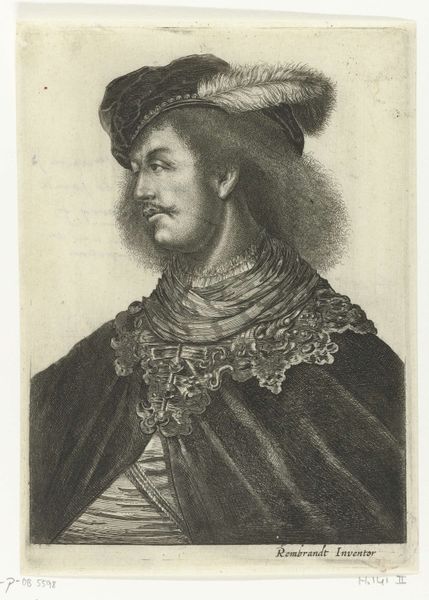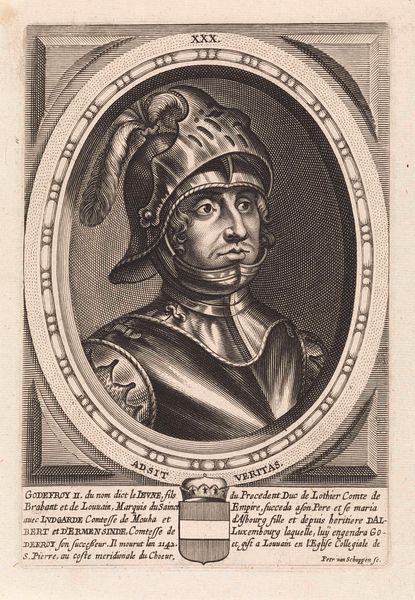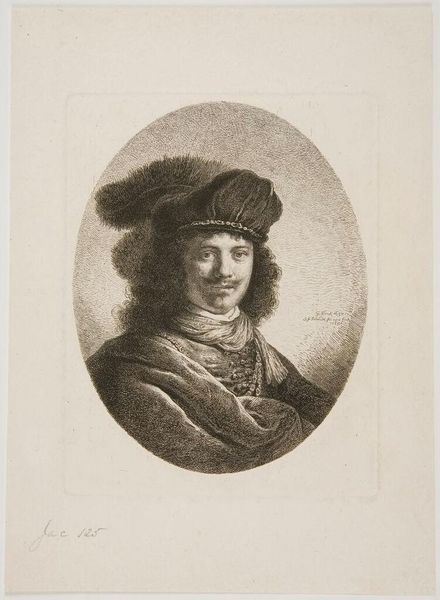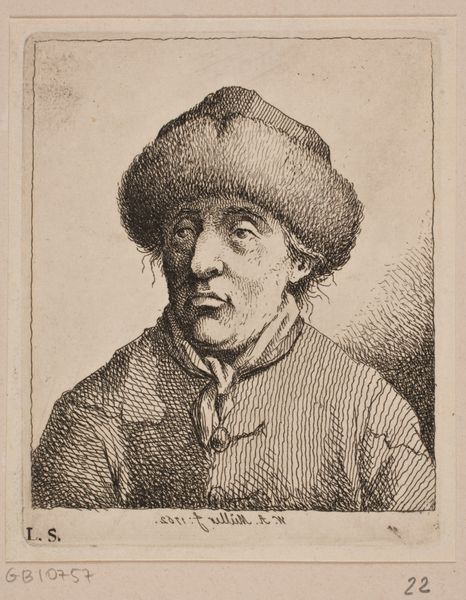
print, engraving
#
portrait
#
baroque
# print
#
figuration
#
history-painting
#
engraving
Dimensions: height 100 mm, width 74 mm
Copyright: Rijks Museum: Open Domain
"Turkse man met tulband en baard" (Turkish man with turban and beard) is an etching by Stefano della Bella, made in the 17th century. Della Bella, an Italian printmaker, was working in a period marked by burgeoning European interest in the Ottoman Empire. This portrait, part of a series of exotic figure studies, captures the fashion for representing 'the other'. What does it mean to depict a 'Turk' in 17th-century Europe? The turban, a clear signifier, marks the figure as foreign, while the artistic style softens, even romanticizes his features. It prompts us to consider how identity is constructed through representation, especially when it involves cultural exchange and potential misinterpretation. While the image might seem like a respectful portrayal, it exists within a context of orientalism, where the East is often depicted through a lens of Western fantasy. The emotional complexity lies in recognizing the sitter's humanity while questioning the power dynamics that shape his representation. It reflects the complexities of cultural exchange and the nuances of identity when seen from a foreign perspective.
Comments
No comments
Be the first to comment and join the conversation on the ultimate creative platform.
